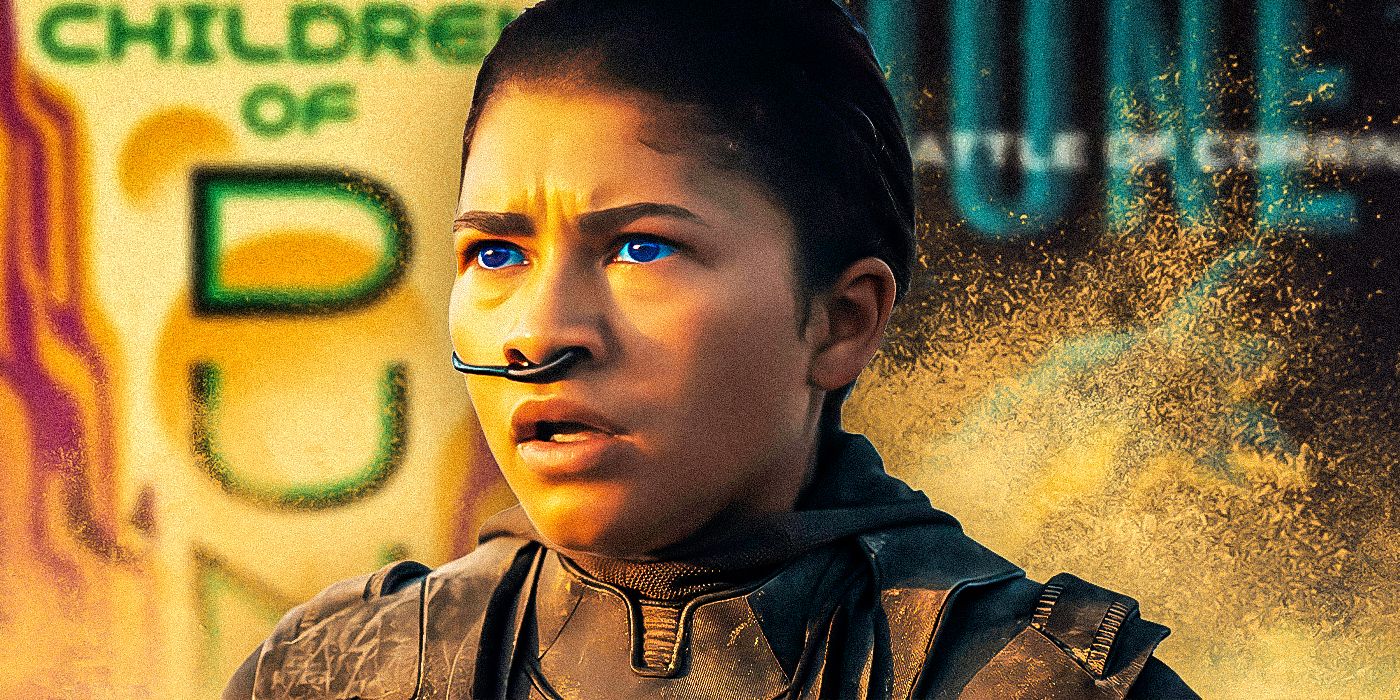
A major discussion broached from Dune: Part Two was changes in Chani and Paul’s relationship that may affect the Dune timeline. Chani (Zendaya) is a native Fremen and daughter of a leader on the desert planet Arrakis, where she meets Paul Atreides (Timothée Chalamet), who is fleeing from the Harkonnen attack on his family on Arrakis. Paul is under Chani’s protection and guidance when the pair eventually fall for each other, but elements of Chani and Paul’s relationship differ between the novel and the film.
Dune: Part Two Cut Paul And Chani’s Dead Son
Frank Herbert Gave Paul And Chani A Son, But Not Denis Villenueve
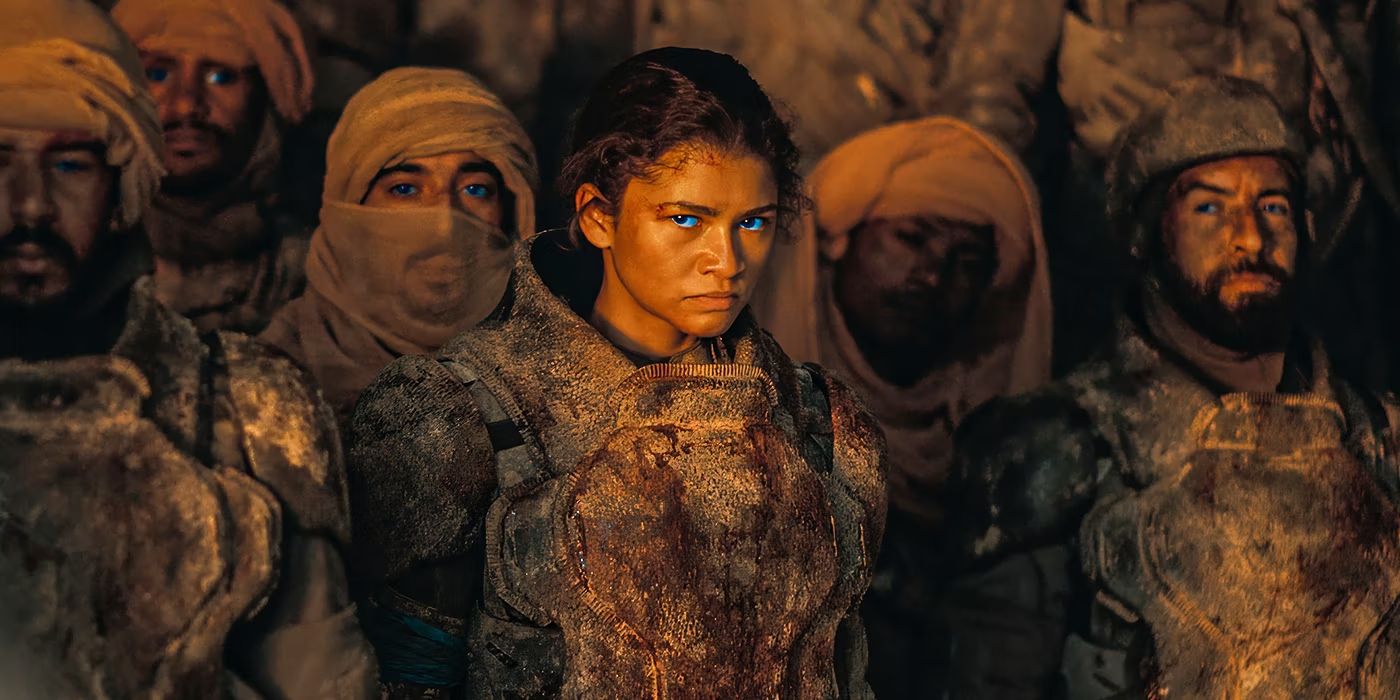
In Villenueve’s Dune: Part Two, Chani and Paul are simply in a romantic relationship, whereas in Herbert’s Dune, Chani and Paul are functionally married before the Fremen, making him one of them and further adding fighting bodies to his cause. In the novel, Chani and Paul have a son together, Leto II The Elder, who was lost in a fight against the Harkonnens during infancy. Paul and Chani’s child was cut from the film, therefore cutting out important components of Chani’s character being a wife and mother.
Cutting Paul and Chani’s son from the film is one of the biggest changes from the Dune novel, as well as Chani’s character being altered to fit the film’s narrative. In the Dune novel, Leto II passes away right before Paul takes the throne from the Padishah emperor, and Chani is at Paul’s side moments after grieving her son, the loss bringing them closer through shared trauma. In the film, however, when Paul takes the throne she refuses to bow to him, storming off and creating a mystery about where Chani goes at the end of Dune: Part Two.
Ignoring Leto II Hurts Paul and Chani’s Dune 2 Relationship
Leto II’s Absence Changes The Book-To-Film Dynamic
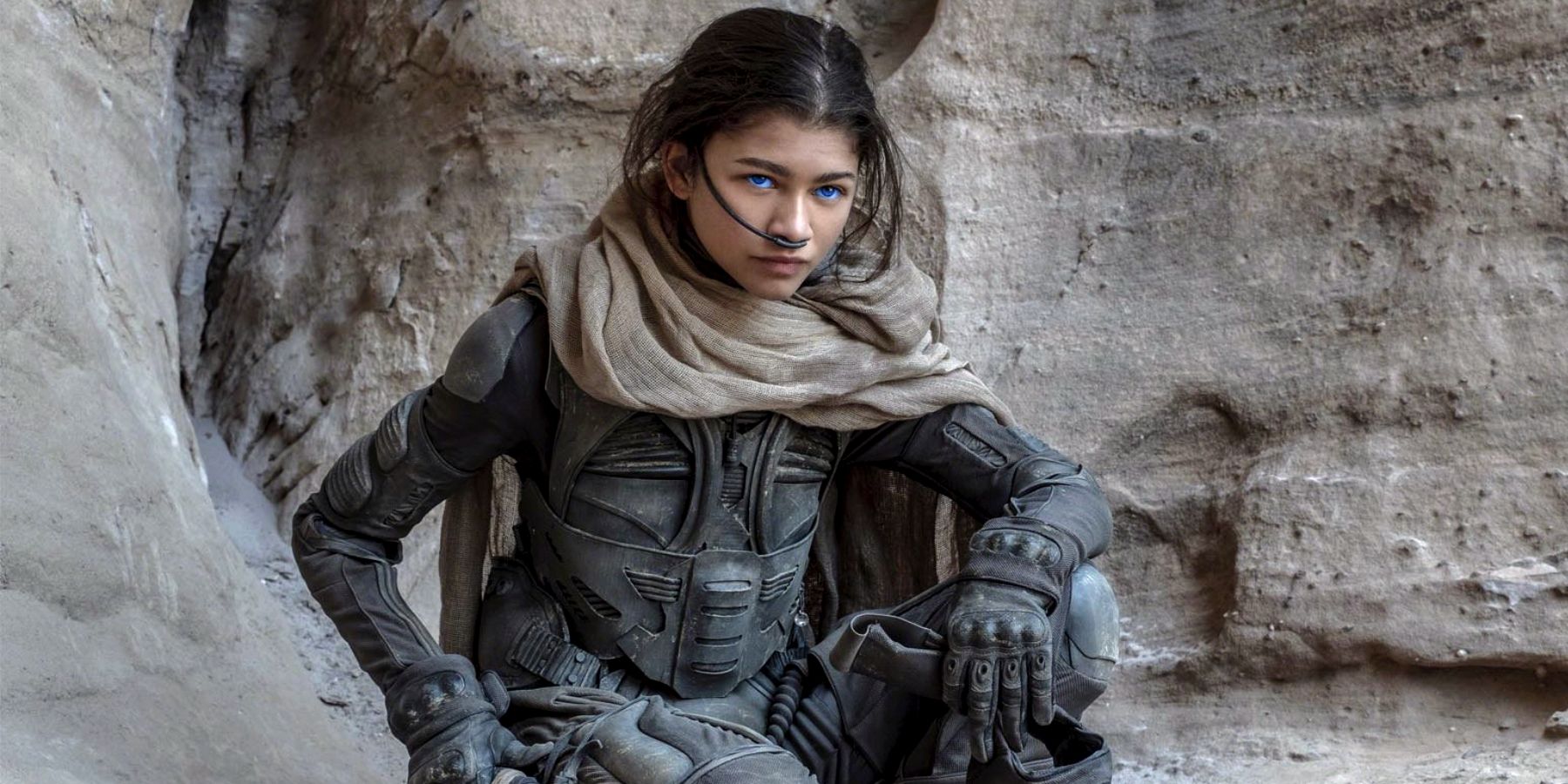
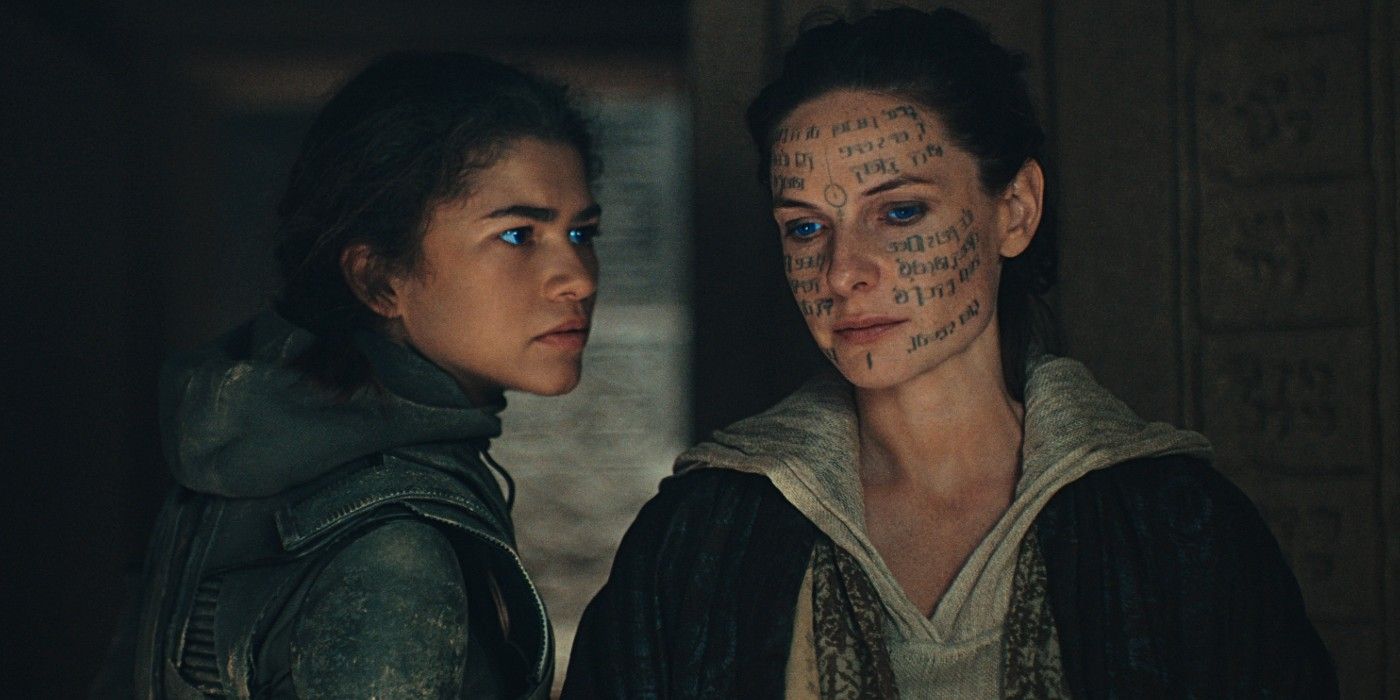
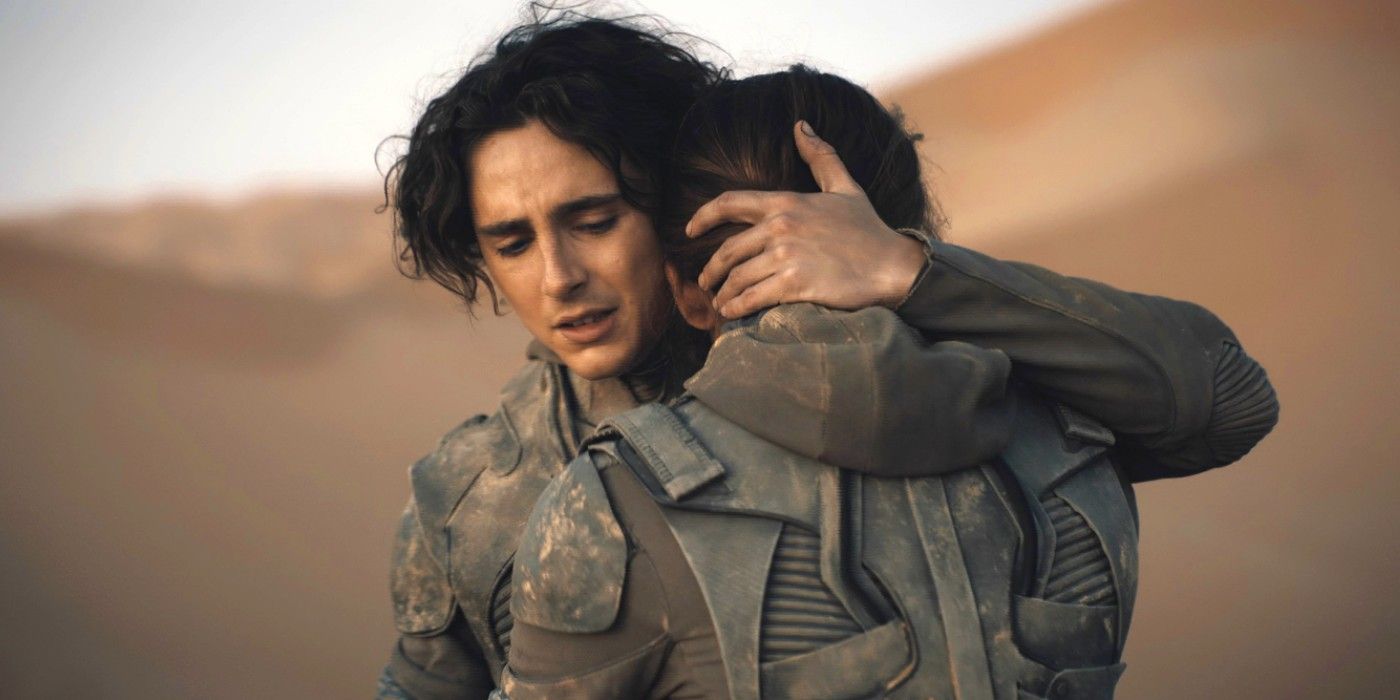
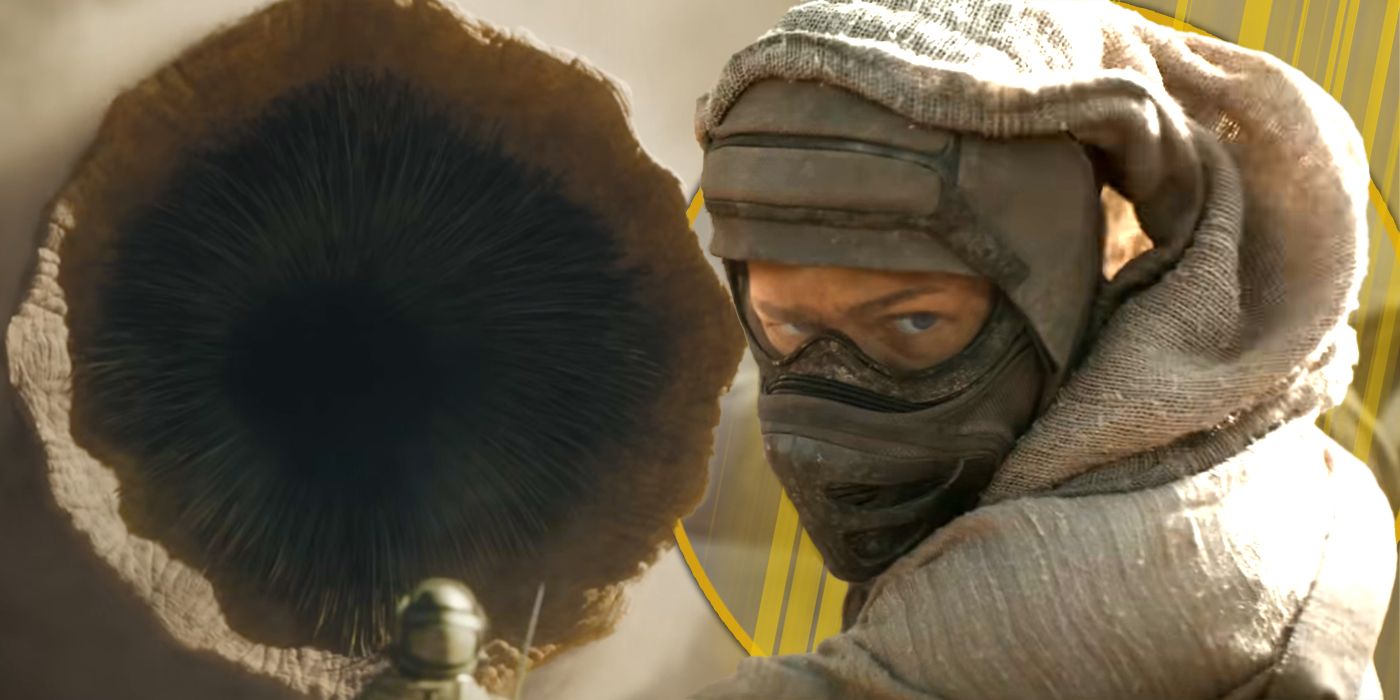
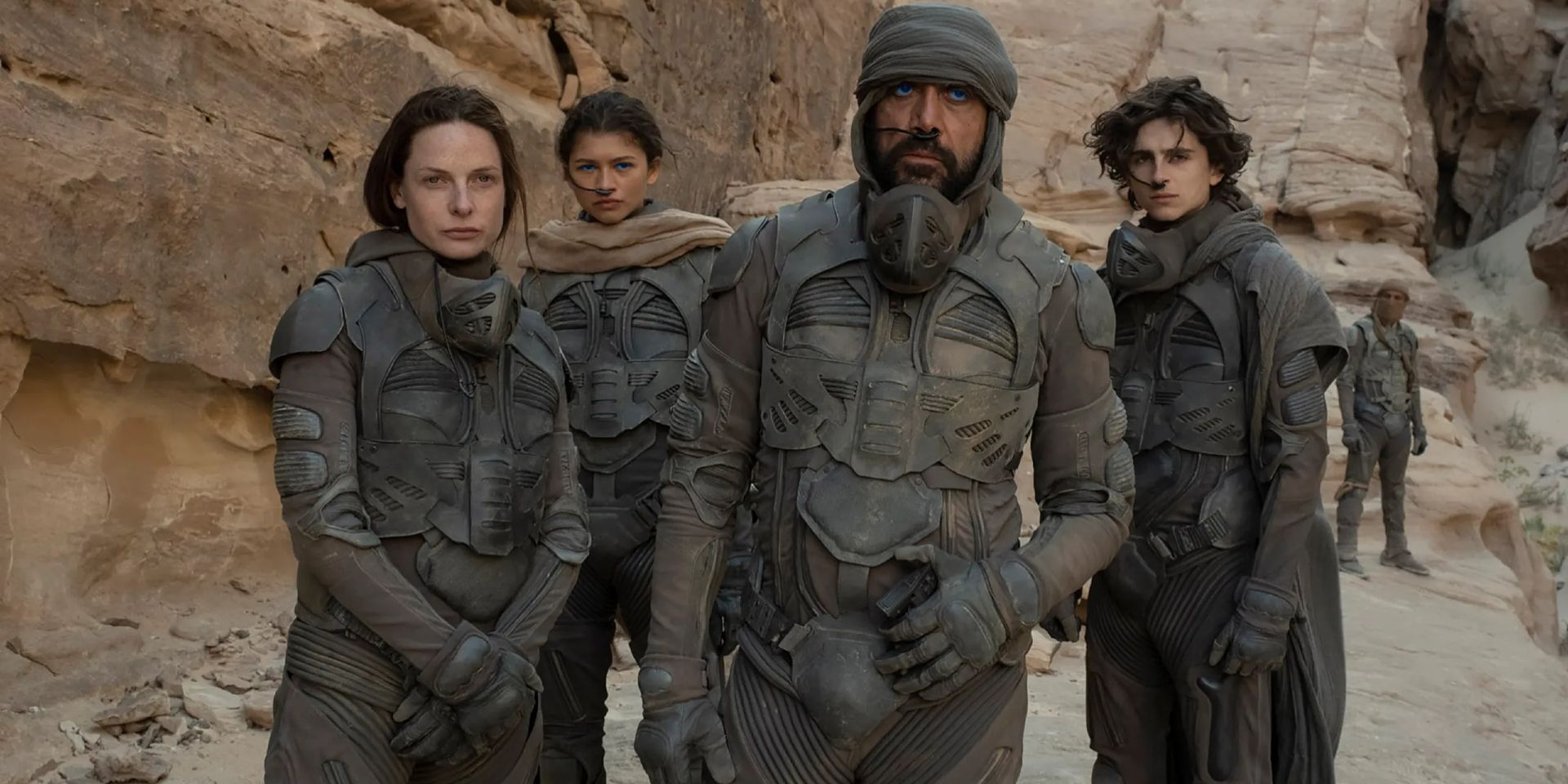





Leto II’s exclusion in Dune: Part Two drastically changes the dynamic of Chani and Paul’s relationship, as the child was a symbol of their devotion and commitment to each other. Even though he is abruptly brought in and departed in the Dune novel, Leto II’s role was important in showcasing their bond and Chani’s unwavering loyalty to Paul. The film ignored their son, wasting the potential of portraying how solid Paul and Chani’s marriage was, and instead replaced Leto II with Chani’s narrative of disapproval towards Paul’s rise to power.
The film’s exclusion of Chani being a wife and mother severely downplays her original devotion to her people and Paul.
The film cutting out Leto II also changes Dune’s Chani, since her devotion to Paul is significant to her devastating ending and role in his power-play. Chani’s character at the end of the Dune books is tragic – Paul’s political marriage to Princess Irulan enabled the Padishah house to give Chani contraceptives, so they can have heirs, which irreversibly damages Chani’s health, resulting in her traumatic death in childbirth. Chani’s loyalty to Paul goes up until her end, whereas the film’s exclusion of Chani being a wife and mother severely downplays her original devotion to her people and Paul.
Cutting Leto II Makes Sense For Dune: Part Two’s Story
It’s For The Best Director Denis Villenueve Excluded This Narrative
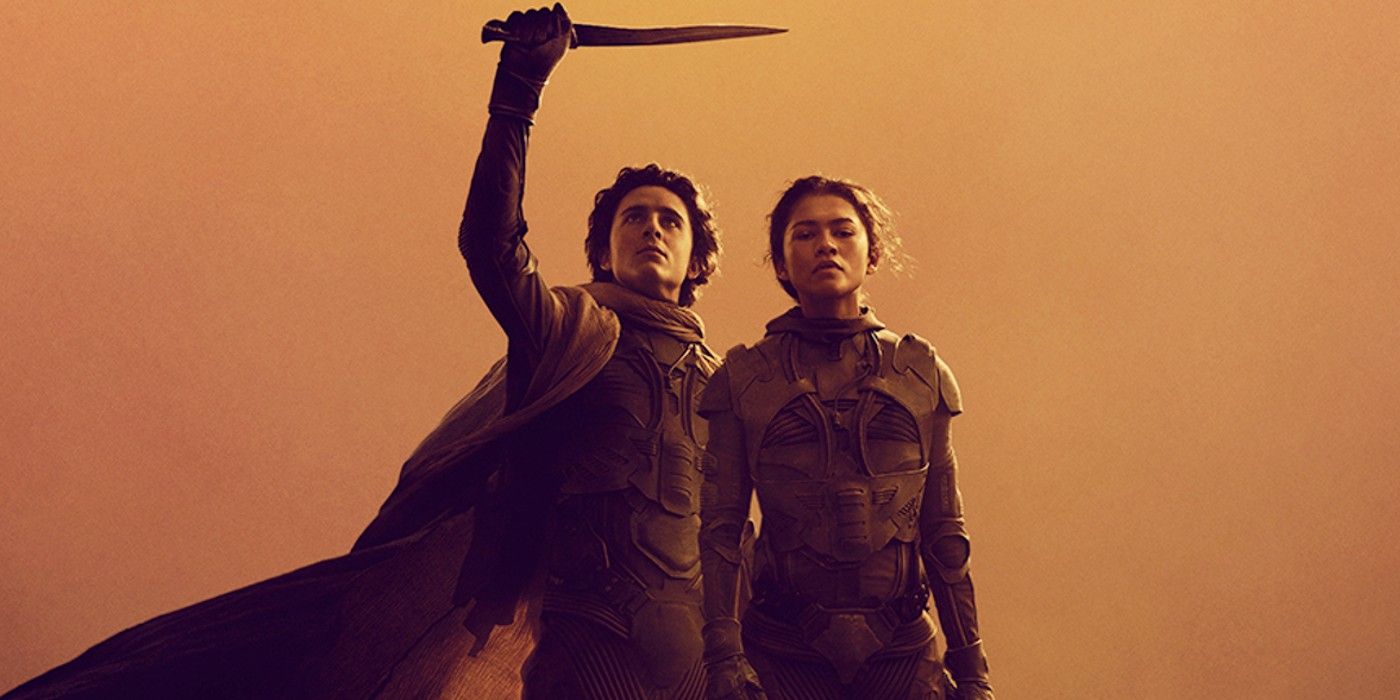
Chani and Paul’s son was cut from Dune: Part Two because the narrative wouldn’t have been cohesive, since they only have a romantic relationship – not a marriage – and a time-jump to accommodate Leto II would have jumbled the run-time. Zendaya’s Chani is more unconstrained given she isn’t bound by marriage nor motherhood, allowing her the choice to walk away. Dune: Part Two was right to cut Paul and Chani’s child because the film focuses not only on Chani’s independence, but her voice of disapproval of Paul’s colonization.
Herbet’s overarching message in Dune is that Paul is no hero: he’s a colonist who used people as bodies to fall for his cause – Chani’s people. Villenueve needed a clearer way to portray how Chani’s change is crucial to Paul being an anti-hero in Dune: Part Two, and what better way than to show it through her disapproval. Leto II in the novel reinforces their bond, but he would’ve impacted the narrative cohesion that sets up Chani’s distaste for Paul’s conquest, so changing her character allowed audiences to witness Chani’s exploration of her own beliefs instead of blindly following Paul.
Chani’s character in Frank Herbert’s Dune versus Denis Villenueve’s Dune: Part Two is drastically different, as Chani cannot walk away from her duties in the book, as the film (as of now) portrays Chani as a voice of disapproval to Paul. Chani’s skepticism of Paul’s rise sets up Villenueve’s next adaptation, Dune Messiah, following Paul as emperor and the bloodbath that follows his reign. Until the next film is released, audiences will have to be left wondering if Chani’s character will follow in the footsteps of the book’s tragic ending, or if she will change even more.





